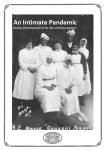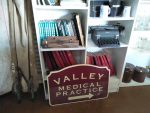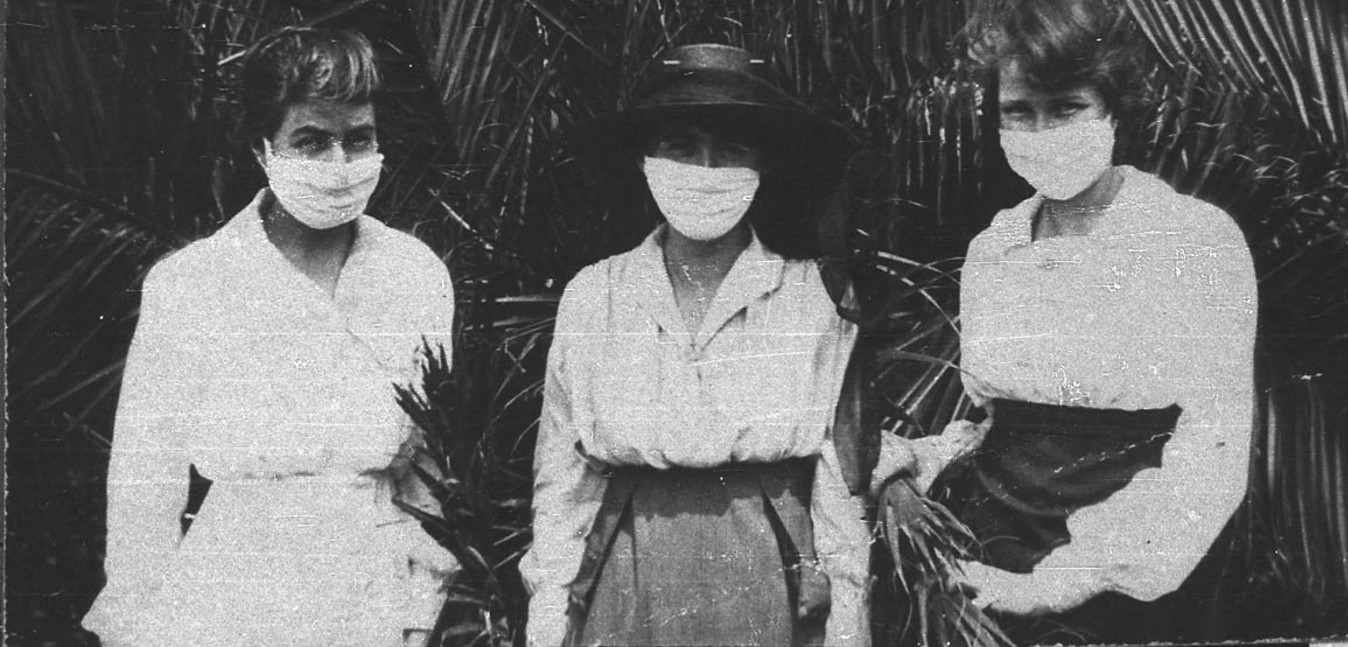by Peter Hobbins…
In recent years I have come to favour the term ‘community historians’, in part because it encompasses local, family and special-interest historians, alongside what we in medical history refer to as ‘practitioner’ historians. Indeed, I’ve begun experimenting with the phrase ‘partner practitioners’ as an inclusive term for the variety of folks who research and write history, whatever their training. This approach acknowledges different levels of interest, accomplishment and motivation, while avoiding the odious label of ‘amateur’. Indeed, my growing interest in public history arose from a visceral reaction to an academic colleague’s sneering reference to ‘hobbyists’.
Over October 2018 I had an opportunity to undertake a more pragmatic experiment, namely encouraging community historians to research the local impact of the pneumonic or ‘Spanish’ influenza pandemic of 1918–19. This venture was supported by the Australian Historical Association’s Allan Martin Award, which generously provided a $4000 travel grant to visit four regional centres around New South Wales, as part of a larger initiative coordinated by the Royal Australian Historical Society (RAHS).
Hosted by the relevant local historical societies, the ‘flu roadshow’ visited Port Macquarie, Tenterfield, Bathurst and Albury, where Victorian PHA member, Mary Sheehan, was my co-presenter. Concurrently, I was also invited to discuss an overview of the project at the local studies librarians meeting held in Dubbo in early November.
Each 2–3 hour seminar was divided into two sessions. First, I presented an extensive overview of the global, national and local impact of the influenza pandemic. After refreshments, the floor was opened up for participants to share their personal stories, community memories and research ideas. We then workshopped where to locate and cross-reference sources, as well as the surprising social history sometimes revealed in medical materials.
The overall goal was to encourage ‘partner practitioners’ to investigate the local impact of the 1919 flu – and then to share their work via publications, activities, exhibitions or media stories. To this end, I worked with fellow historians to create a 28-page resource guide for all participants. It suggests archival and community sources for researching the pandemic, plus an annotated bibliography of key historical accounts. This guide was supported  by funding from the Department of History at the University of Sydney (I am very happy to provide free hard or soft copies to PHA members).
by funding from the Department of History at the University of Sydney (I am very happy to provide free hard or soft copies to PHA members).
Workshop attendance ranged from 6 to 25, including local historians, genealogists, active and retired healthcare professionals, curators, local studies librarians, and even a bottle collector! I also used the trip to informally take in local archival collections and sites, from cemeteries and civic monuments to council infectious diseases registers and undertaker’s records. Interesting medical materials also turned up in country op shops and antique stores, including a 1925–28 pharmacy prescriptions register and a collection of mid-century nursing certificates.
Part of the process included regularly tweeting about my travels via the hashtag #AnIntimatePandemic, alongside blog posts on the RAHS website.
The tour attracted some media attention, including a Tenterfield Star article , a 2BS Bathurst radio spot and an ABC National Evenings interview with Christine Anu.
Moreover, several attending ‘partner practitioners’ are now planning pandemic-related research projects. Further workshops are also pending for Sydney, the Hunter, the Hawkesbury and Dubbo. The RAHS’s ultimate goal is to create a ‘mosaic history’ of the pandemic’s impact upon families and communities across the New South Wales.
The tragic centenary of the ‘Spanish’ flu offers yet another opportunity for professional historians to connect with our ‘partner practitioners’ and the wider networks of community history.
Image: State Library of NSW: Female typists in masks 1919

As President of the Kogarah Historical Society, I am interested in gathering images and artefacts for our next exhibition at Carss Cottage Museum, due to be mounted after Australia Day. Our local museum has a focus mainly on Kogarah and the Georges River Area. Research on the topic has not been started yet.
Hello Beverley – please let me know if I can help!
The terms ‘community historians’ and ‘partner practitioners’ are very incisive.
Thanks Ian; I also meant to suggest that ‘community historians’ tends to imply their audience as well as their origins.
An interesting initiative, Peter. I hope the momentum for this worthwhile project continues